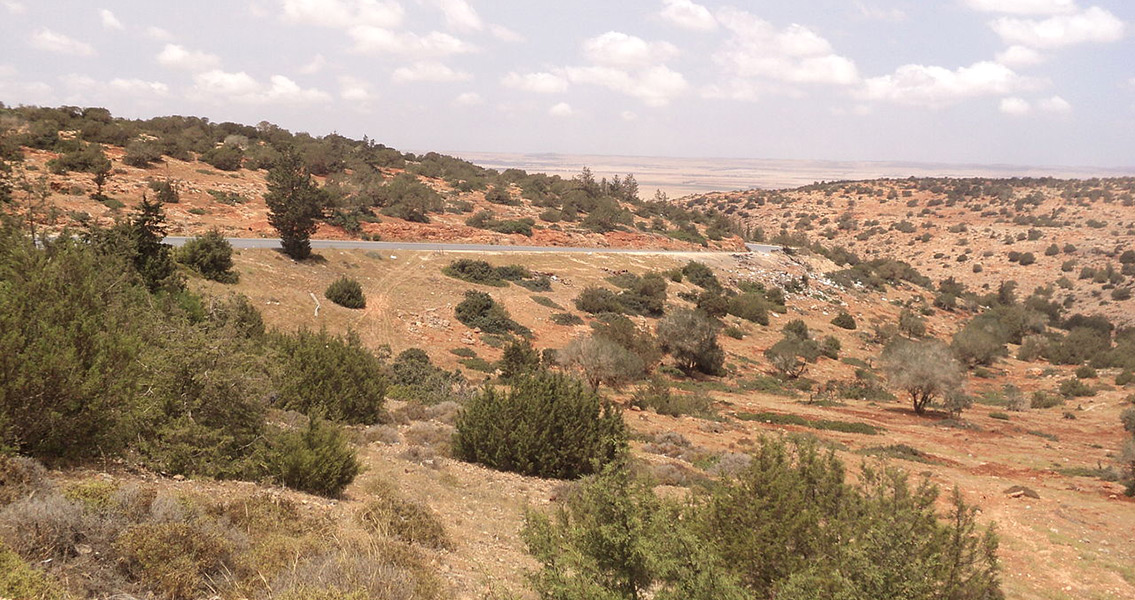<![CDATA[Anthropocene is the term used by scientists to denote the era in which humankind started altering its natural environment in a permanent way. While its beginnings are considered by most to have coincided with the start of the industrial revolution two centuries ago, new research suggests humans actually started altering their surroundings as early as two million years ago. The research is based on the in-depth examination of an area in the Sahara desert, within the territory of Libya. The area, a sandstone outcrop by the name of Messak Settafet, spans around 350 km in length and an average of 60 km in width, and was found to be literally covered with stone tools. This cover is so thick, having accumulated over hundreds of millennia, that it has altered the landscape. What’s more, the early humans living in Messak Settafet and their tool-making habits had a positive influence over later populations in the area: the researchers who studied it found a number of pit-like quarries that can to this day retain water. The quarries would have acted as a magnet to wild animals, ultimately providing food for the humans. In addition, in many of these pits stone traps were found, which may have been used as recently as 10,000 years ago by the descendants of those early Stone Age humans. Dr. Robert Foley and Dr. Marta Mirazon Lahr from the University of Cambridge Leverhulme Centre for Evolutionary Studies led the research, which involved literally sifting through a number of one square metre plots in Messak Settafet, in a bid to identify the stones that bore traces of human manipulation. These traces were most commonly instances of “the bulb of percussion” -- dents and curves on the stones that revealed they had been used as a tool by humans. Judging by the average number of such manipulated stones, which was 75 per square-metre plot, the total quantity of stone tools in the area was an impressive 75 million per square kilometre. In their most primitive form, the artefacts found by the scientists were just pieces of stone, hacked from rocks and used as weapons or cutting tools. However, Foley and Lahr’s team also found pieces of stone that seem to have been used as wedges to crack and split boulders. According to Foley, the amount of stone tools unearthed in the area, and the diverse purposes for which they seem to have been used, suggests significant dependency by the local hominins on stone tools. Perhaps the abundance of rocks in Messak Settafet was what attracted humans there in the first place, and determined their settlement patterns. Stone tools are not as strong as metal ones, so those early humans could not afford to settle far from the source of this raw material for weapons. One implication of this find is the suggestion that, aware of the importance stone held for survival and advancement, early human communities in Africa put effort into remembering and perhaps even trying to control the access to areas such as Messak Settafet. What’s more, their dependence on the source of their tools may have caused them to adapt to this specific environment in ways that would have otherwise been unnecessary. Image courtesy of Wikimedia commons user: A. A. Abdussalam ]]>
Anthropocene Started 2 Million Years Ago
